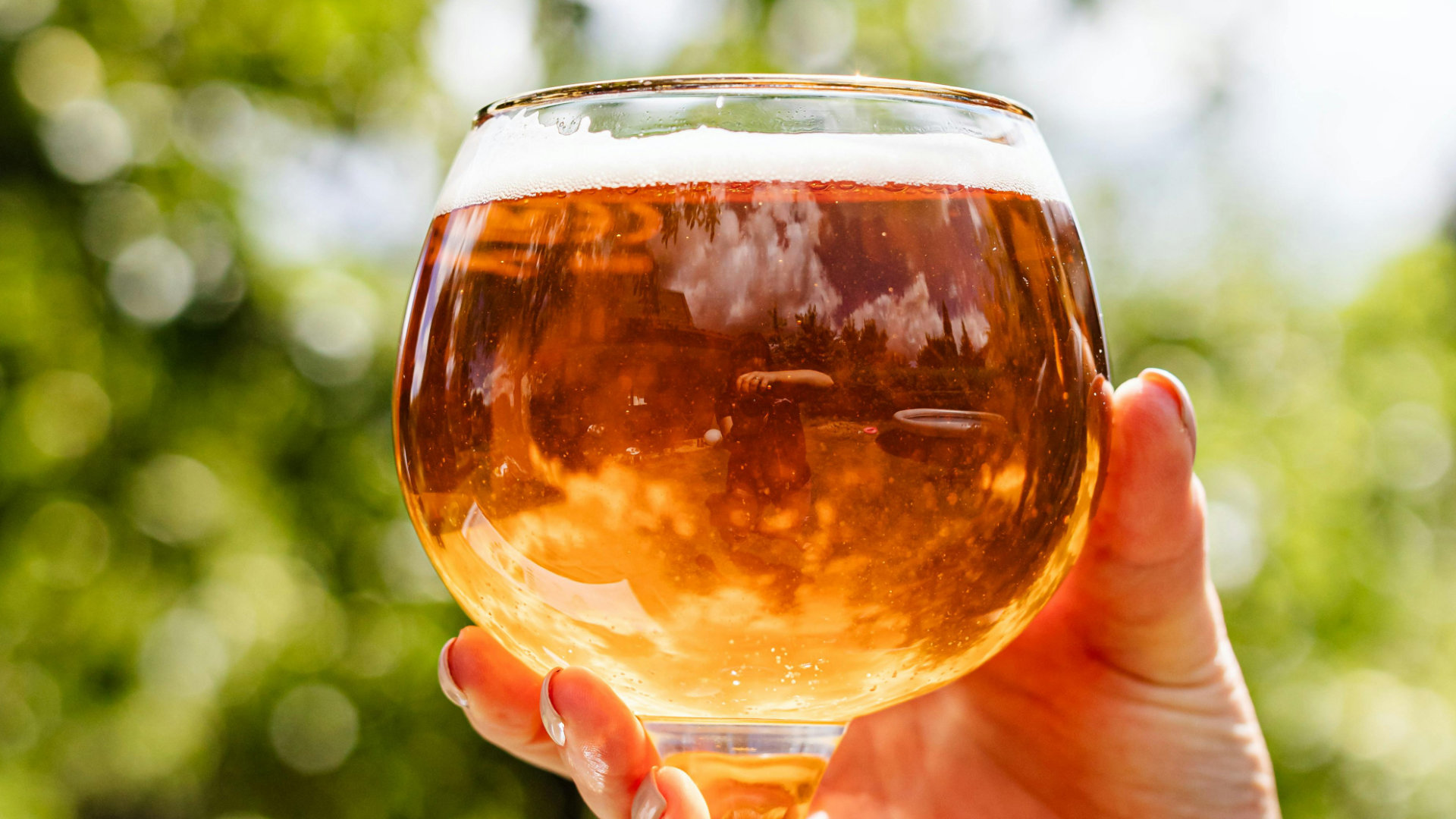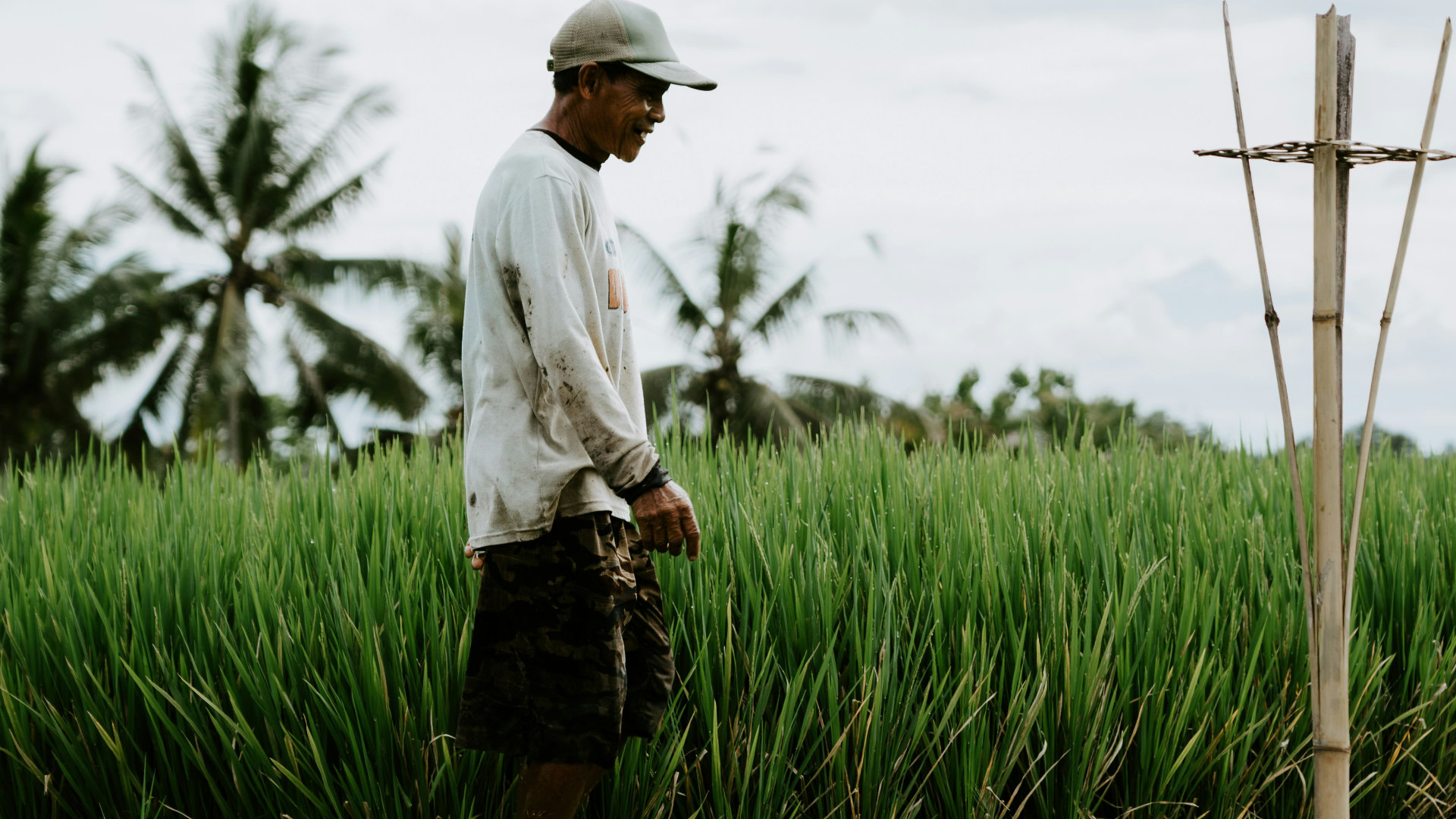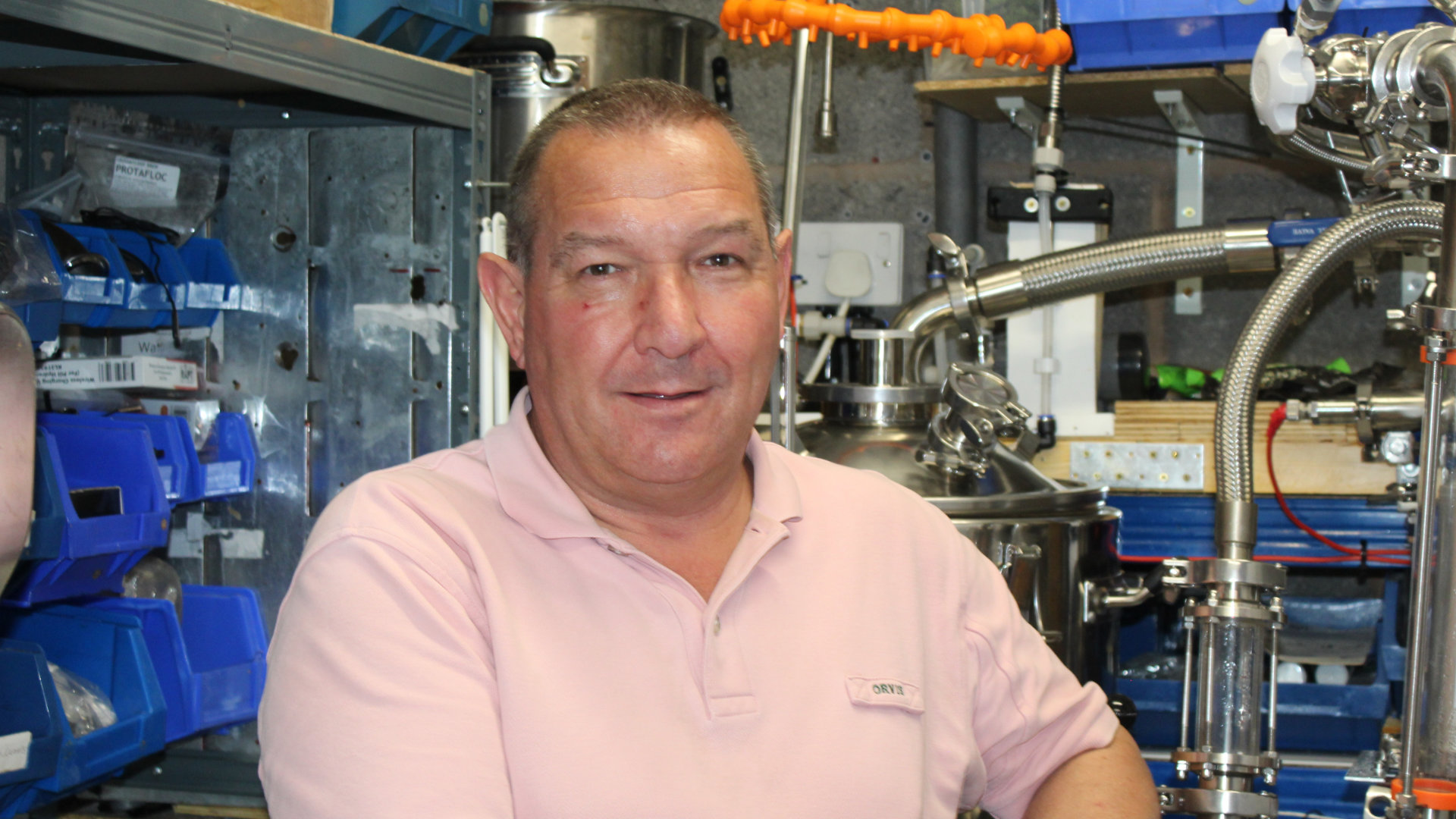I moved to Changwon, South Korea, in 2009, from San Francisco, California. I started brewing in Korea a few years after I arrived, because at that time, there were very few breweries making good beer, and the laws in Korea made it impossible to have beer shipped to me. So I took up a hobby my father had started many years before.
When I first started brewing in Korea, the variety of ingredients was extremely small, especially for homebrewers. There were only two stores selling brewing equipment and ingredients, and after 8 years, they’re still the only ones. I once asked the guy who runs the store in Seoul if he shipped anything to anyone close to where I live. His reply: “Noâ€. So I’m a bit on my own out here.
The first thing I learned in Korea is substitution: which malts will give a similar taste and mouthfeel? Which hops can be used instead of the newest varieties? We do get a larger variety now, but things like Cryo Hops, hop hash and specialty malts are always hard to come by. We’ve also started to get a variety of English, German and Belgian malts, as opposed to the standard Breiss and Weyermann that were available when I arrived.
Yeasts are one of the most difficult things to live without. For the first few years of brewing, the only choices for yeast were a limited variety of Fermentis yeasts, Wyeast Smack Packs and White Labs yeasts (which were usually sold out). We can now get Mangrove Jack’s, Lallemand, and Lacto and Brett. But unless you’re a major brewery, it is still almost impossible to get any of the current favourites among the beer community. I would love to try some of the Omega and Imperial yeasts.
Korea does not produce any beer-making equipment. All the production is done in China, and while Korea is physically close to China, importing can be expensive, and often quality is lacking when imported from smaller companies. I’ve had the opportunity to figure out which companies can deliver quality parts for a decent price. The main reason I was interested in the Brew Tank is because of the sturdy build and the modular nature of the system. I can easily get parts from trusted suppliers in China and not have to worry about situations that could arise from a proprietary system.
One of the great benefits of brewing in Korea is the amount of quality fruit that is available year-round. I’m especially fond of using Korean-style fruit extracts. The recipe calls for equal parts fruit and sugar in a large container. It sits for 3 months, getting turned over after about one and a half months. The result is a thick syrup which works well for both flavour and boosting the ABV. I usually make a Maesil (Korean green plum) Extract IPA with Citra, Sorachi Ace, and Vic Secret. (See recipe on page 15.)
A fun trick I did discover is that a popular street snack, a puffed rice circle that looks a bit like a thick tortilla, is made only of rice. So I used a few kilos of them in a Rice Ale that turned out pretty well.
There is a thriving homebrewing community in Seoul and other parts of the country, and the amount of quality breweries continues to grow in Korea. As larger breweries start to demand a wider variety of ingredients, my hope is that these will also become available to homebrewers. And, I think, brewers are brewers wherever you go. Most want to help each other, and are happy to share tips and tricks particular to their locality.
Any questions? Feel free to contact me through Instagram (and to see pics of my Brew Tank) @changwon.brewing.co











